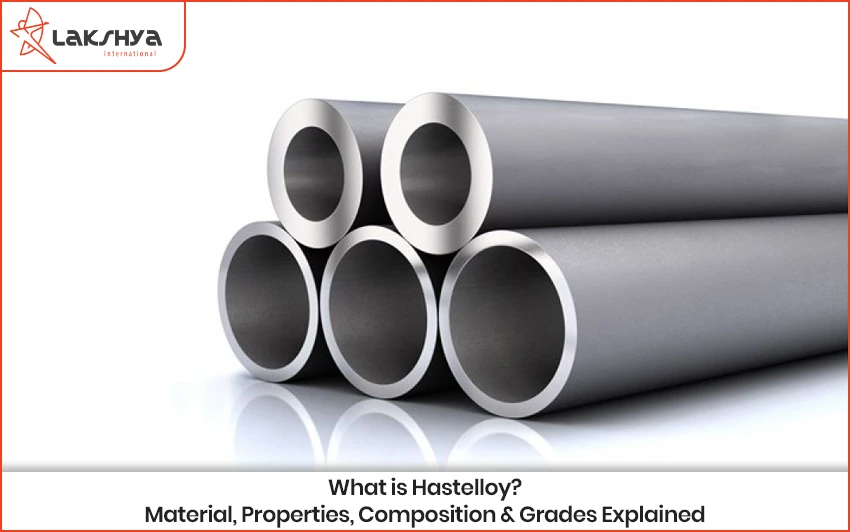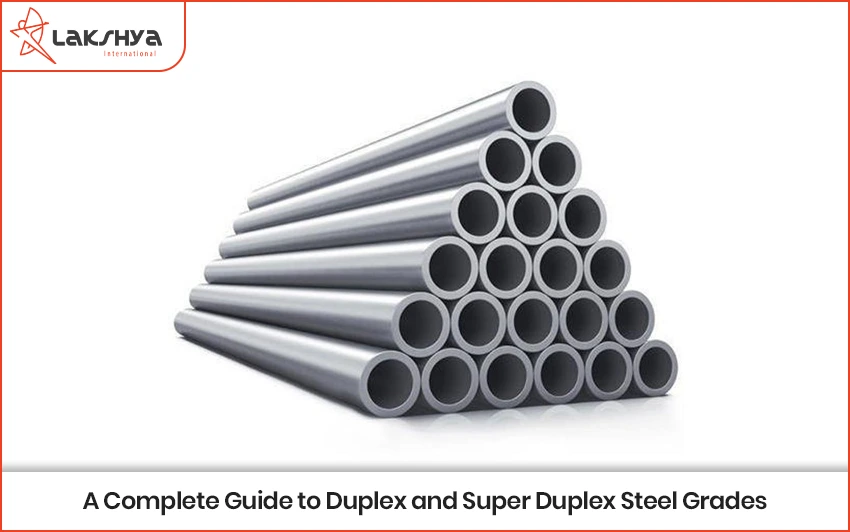304 stainless steel angle is one of the most commonly used steel alloys. Known for its excellent corrosion resistance, strength, and security, it is an essential material in various industries. Comprising 18% chromium and 8% nickel, 304 stainless angle is resistant to rust and corrosion, making it ideal for demanding environments. It’s commonly utilized in construction, automotive, medical, and manufacturing sectors due to its secure properties.
This blog post will explore the key properties, applications, and composition of ss 304 angle.
What is 304 Stainless Steel Angle?
304 Stainless Steel Angle is an L-shaped metal piece with two legs joined at a 90-degree angle. It’s well-regarded for its strength and rust resistance, making it a reliable choice for heavy-duty applications. This type of stainless steel is known for its strength and security, making it suitable for a wide range of projects in construction, architecture, and fabrication where lighter materials might not be strong enough.
The 304 stainless angle is easy to weld, shape, and machine, and it handles stress exceptionally well. This makes it a practical option for various industrial uses, from structural support to other demanding applications. Whether you’re using it for building structures or in complex designs, 304 Stainless Steel Angle provides the strength and accuracy needed for long-lasting performance.
Properties of 304 Stainless Steel Angle
304 Stainless Steel Angle stands out for its exceptional properties, making it a popular choice across various industries. This type of steel is non-magnetic and falls into the austenitic category, which means it is highly resistant to rust and corrosion. Its ability to withstand extreme temperatures makes it suitable for high-temperature applications. Additionally, SS 304 Angle is very malleable and easy to shape, which adds to its versatility. Whether used in construction, manufacturing, or other demanding environments, its security and formability ensure it performs reliably.
Composition of 304 Stainless Steel Angle
304 Stainless Steel Angle is made with 18% chromium and 8% nickel, which give it its special qualities. The chromium helps the steel resist rust and corrosion, while the nickel improves its strength and toughness. Other elements like carbon, manganese, and silicon are also included to boost its overall strength and endurance. This mix of materials makes the SS 304 angle a reliable choice for many different applications.
Composition of 304 Stainless Steel Angle
| Element | SS 304 |
| C | 0.00 – 0.08 |
| Cr | 18.00 – 20.00 |
| Mn | 2.00 max |
| Ni | 8.00 – 11.00 |
| P | 0.045 max |
| S | 0.030 max |
| Si | 1.00 max |
Uses of 304 Stainless Steel Angle
304 Stainless Steel Angle is widely used because of its strong properties. It’s a common choice in construction for things like structural support, handrails, and decorative trim. In the automotive industry, it’s used for parts such as exhaust systems, engine components, and body panels. In the medical field, SS 304 angle is favored for surgical tools due to its resistance to rust. It’s also found in food and beverage equipment and tanks, where its strength and resistance to corrosion are crucial.
Maintenance
Although SS 304 angle is known for its strong resistance to corrosion and rust, it still needs some care to keep it looking and working well. To maintain its appearance, clean the stainless steel regularly using mild soap and water to remove any dirt or grime. Avoid using harsh chemicals or abrasive cleaners, as these can damage the metal’s surface. If the surface starts to look dull or stained, you can polish it with a stainless steel cleaner to restore its shine.
Conclusion
304 Stainless Steel Angle is a versatile and strong alloy, prized for its strength and resistance to corrosion and rust. Its excellent properties make it ideal for a range of uses, including structural support, equipment, and machinery across various industries. Despite its robust resistance to corrosion, SS 304 angle still needs regular maintenance to keep it functioning well and looking its best. With proper care, SS 304 angle can provide long-lasting performance and value, making it an accurate choice for many applications.
For further details on sizes, pricing, or custom orders, feel free to contact Lakshya Steel. We’re ready to assist with your stainless steel needs!
FAQ’s
Which steel is better, 304 or 316?
304 stainless steel is better for general use due to its affordability and good corrosion resistance. However, 316 stainless steel offers enhanced resistance, especially in harsh environments like saltwater or chemical exposure. If you need extra protection against corrosion, 316 is the better choice, but for everyday applications, 304 works well.
What is the composition of 304 grade stainless steel?
304 grade stainless steel is composed of approximately 18% chromium and 8% nickel. It also contains small amounts of carbon, manganese, and silicon. This mix provides excellent corrosion resistance and security.
What is the contact angle of 304 stainless steel?
The contact angle of 304 stainless steel typically ranges from 70° to 90°. This angle measures how a liquid interacts with the steel surface, indicating its wettability.
Can SS 304 Angles be customized?
Yes, SS 304 Angles can be customized to meet specific project requirements in terms of size and dimensions.




